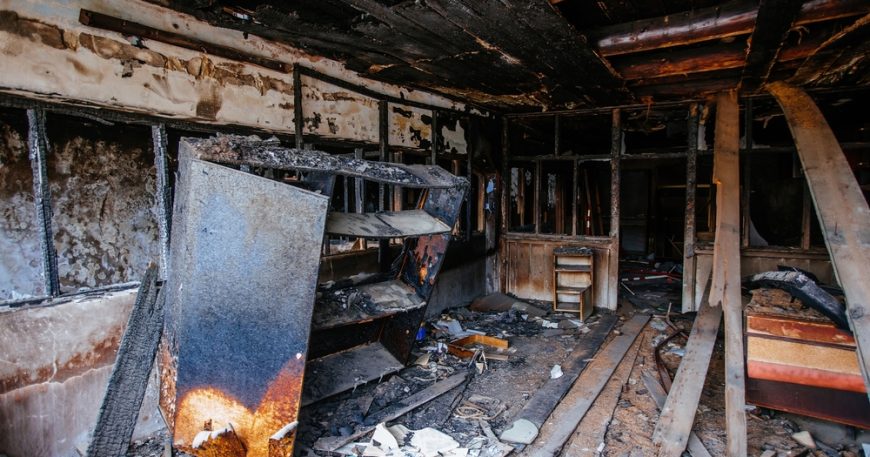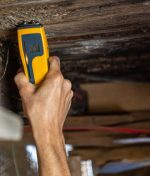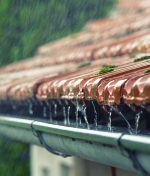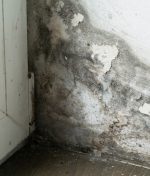What Are the Hidden Dangers of Smoke Damage After a Fire?

- March 18, 2025
- byadmin
- Mold Remediation
A fire in your home or business can be a traumatic experience, leaving behind not only visible damage but also hidden dangers that many people don’t consider. One of the most overlooked aspects of fire damage is smoke damage, which can have long-lasting effects on both the structure of a building and the health of its occupants. Even if the flames didn’t destroy your property, smoke and soot can seep into walls, furniture, and air systems, causing lingering issues.
We will explore the hidden dangers of smoke damage and why professional restoration is essential for ensuring safety and a thorough cleanup.
1. Health Risks from Smoke Residue
Smoke damage is more than just an unpleasant smell—it can be hazardous to your health. When materials burn, they release toxic chemicals into the air, which can settle as soot and fine particles. These residues can pose serious health risks, especially for children, the elderly, and individuals with respiratory conditions.
Some health risks associated with smoke damage include:
- Respiratory Issues: Fine soot particles can be inhaled deep into the lungs, causing irritation, asthma attacks, or worsening existing conditions such as chronic bronchitis.
- Eye and Skin Irritation: Soot and chemical residues from smoke can cause redness, itching, and discomfort.
- Long-Term Health Effects: Prolonged exposure to smoke damage may increase the risk of developing cardiovascular and respiratory diseases.
Even if the fire was small and quickly extinguished, smoke and soot linger in the air and on surfaces, making it crucial to have a professional restoration team assess the situation.
2. Structural Damage You Can’t See
Smoke doesn’t just leave behind an unpleasant odor—it penetrates deep into porous materials like drywall, wood, and upholstery. Over time, this can cause significant structural issues, including:
- Weakened Building Materials: Smoke residue can break down the integrity of walls, ceilings, and floors, leading to costly repairs.
- Corrosion of Metal Components: Smoke contains acidic particles that can corrode pipes, wiring, and appliances, increasing the risk of long-term damage.
- Lingering Odors: Smoke particles embed themselves in materials, making it difficult to remove the smell without professional-grade equipment.
Even if your home looks structurally sound after a fire, hidden smoke damage can weaken materials over time, leading to further deterioration and costly repairs.
3. Electrical and HVAC System Contamination
Smoke damage extends beyond visible surfaces—it can also invade electrical systems and HVAC units, posing additional dangers.
- Electrical Hazards: Smoke residue can settle inside electrical panels and outlets, increasing the risk of short circuits and electrical fires.
- HVAC System Contamination: Smoke and soot particles can travel through ventilation systems, spreading toxins throughout the entire home and affecting indoor air quality.
- Clogged Air Filters and Ducts: If not properly cleaned, smoke particles trapped in air ducts can continuously circulate harmful pollutants, making it difficult to breathe clean air.
It’s important to have a thorough inspection of electrical components and HVAC systems after a fire to ensure that they are free of smoke contamination and safe for use.
4. Mold Growth from Smoke Damage
Most people associate mold with water damage, but smoke damage can also contribute to mold growth. When smoke and soot mix with moisture in the air, they create a residue that sticks to surfaces, providing the perfect environment for mold spores to thrive.
- Walls and Ceilings: Residual soot and smoke create sticky surfaces where mold can grow.
- Air Ducts: Contaminated HVAC systems can circulate both mold spores and smoke particles, leading to poor indoor air quality.
- Furniture and Upholstery: If left untreated, soot-covered fabrics can trap moisture, leading to hidden mold growth.
5. Fire-Damaged Belongings and the Risk of Recontamination
Even if a fire only affects a single room, smoke can spread throughout the entire property, damaging furniture, clothing, and personal belongings. Some items may seem salvageable but could still contain hazardous smoke residue.
Common household items that may be affected include:
- Clothing and Bedding: Smoke odor can be difficult to remove and may contain toxins.
- Electronics: Soot can corrode internal components, causing malfunctions or permanent damage.
- Food and Pantry Items: Smoke and high temperatures can contaminate food, making it unsafe to consume.
How We Can Help
At RAMM Water Restoration, we understand how overwhelming fire damage can be. Our compassionate and professional team specializes in smoke damage cleanup, flood restoration, and mold remediation, ensuring that your home or business is safe, clean, and free from hidden dangers.
Here’s what sets us apart:
- Thorough Inspection and Testing: We assess the full extent of smoke damage, including hidden contamination.
- Advanced Cleaning Techniques: Using industrial-grade equipment, we remove soot, smoke, and lingering odors from all surfaces.
- HVAC System and Air Quality Restoration: We clean ducts, replace filters, and ensure your indoor air is safe to breathe.
- Structural and Content Restoration: From walls and ceilings to furniture and belongings, we restore what matters most.
- Mold Prevention and Remediation: We take proactive steps to prevent mold growth and eliminate existing mold issues.
- Compassionate Customer Care: We treat every client like family, providing guidance and support throughout the entire process.
Categories
Recent Posts
The Ultimate Pre-Storm Checklist for San Diego Homeowners
October 10, 2025
How San Diego’s Climate Contributes to Seasonal Water Damage Risks
October 10, 2025









